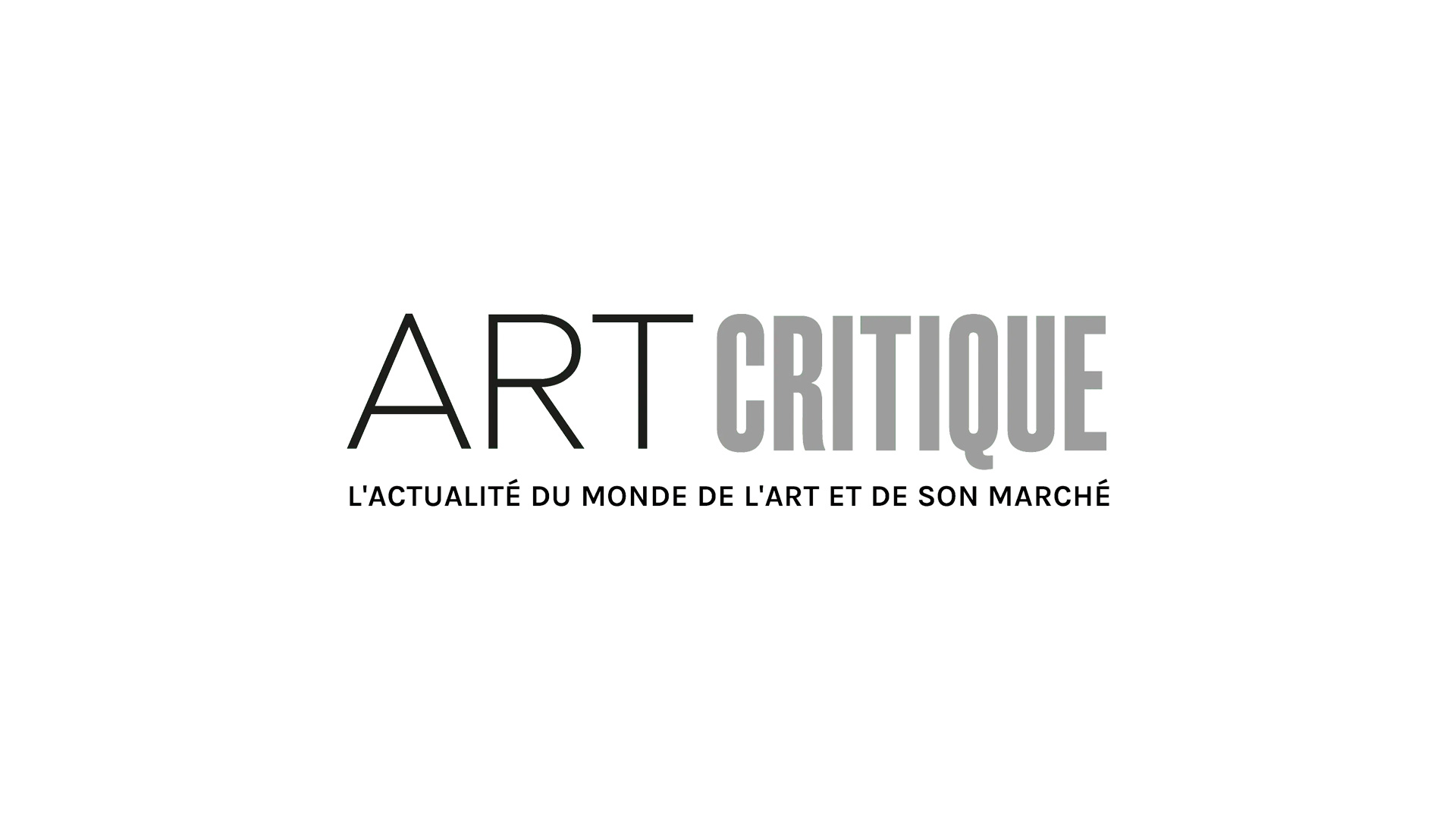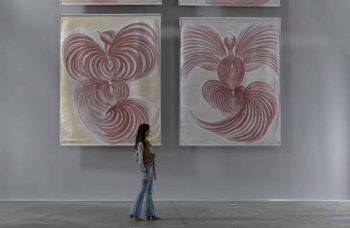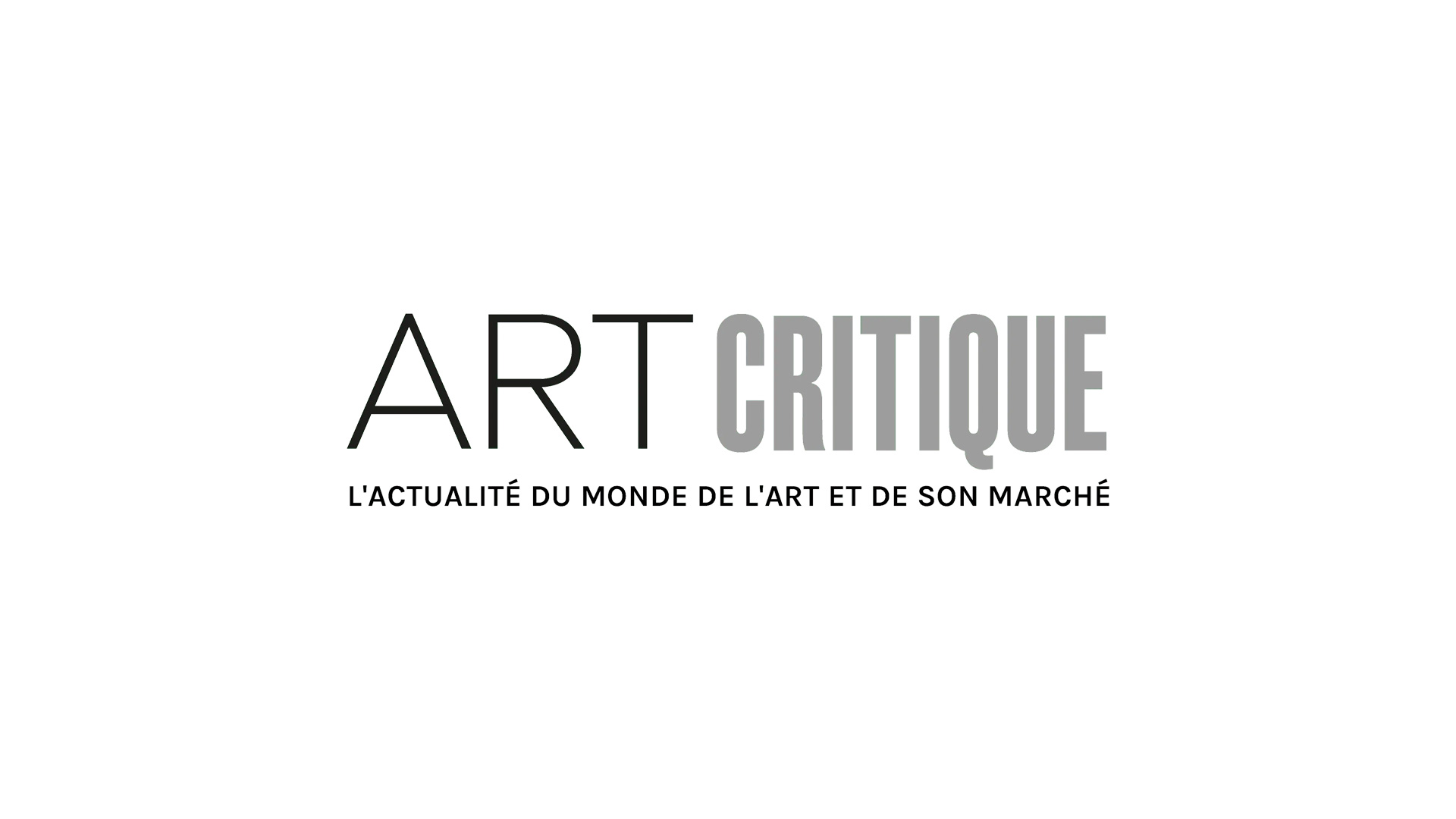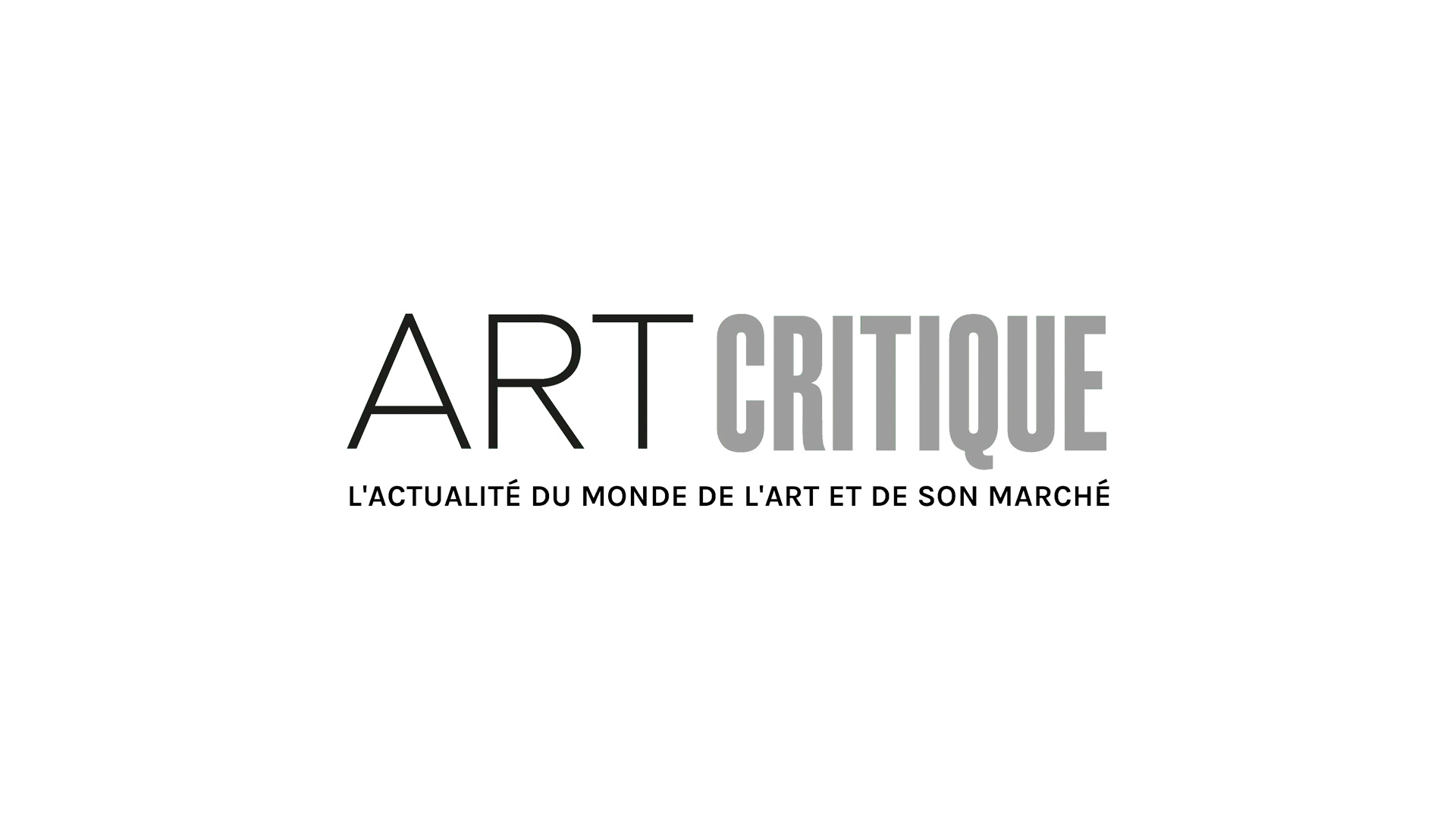This week’s Art World Roundup covers this year’s top-searched terms on Google while London museums close again due to the pandemic. Police in Germany have made another arrest in relation to the Dresden Heist, the AIA has implemented a ban on architects designing spaces for torture and execution, a bill to return 27 artefacts to Africa was nearly barred in France, and new discoveries shed light on an Aztec tower of skulls.
You can Google that
Offering a glimpse into the year’s most-searched items, Google has released its Year in Search list. Among the most searched terms, “virtual museum tours” found itself in the second top spot in the Virtual search list for the US. Although the search term’s place on top was short lived – after a major spike at the onset of the pandemic, it decreased and levelled out – it offers a snapshot of the state of the world over the last year. In the US, “election results” was unsurprisingly the most searched term in general while in the UK, the Coronavirus was present in three of the top five searched terms overall (the US election came in the UK’s second place). France’s top searches very much so mirrored the UK’s list. But the most relatable search to the UK’s most searched “When…?” topic with“When will lockdown end?” You can check out the most-searched terms for your country here.

London museums close again as frustrations rise
As London entered into a tighter lockdown situation this week, museums and galleries were once again to shutter their doors. Falling into the “entertainment venues” category, museums will not be allowed to operate, even with reduced capacity, while London is in “Tier 3,” the strictest level of the UK’s lockdown tier system. After a second national lockdown in November, the UK government faced much backlash as a revised level system was installed to help contain the COVID-19 situation as exciting news of the vaccine hit the scene. London, an area with higher transmission rates, was put into lower tiers than other areas of the country with lower rates of transmission, which frustrated many. For museums in Tier 3 areas, the frustration came with news that they would be closed while gyms and salons would remain open across all levels of lockdown. In an interview with the Radio Times, head of the Association of Leading Visitor Attractions, Bernard Donoghue called the system “bizarre.” Donoghue asked the government for “epidemiological evidence which shows that visitor attractions are less safe than shopping centres.” Continuing: “The government always says that it’s science-led, but we know from Public Health England that there have been no recorded cases of coronavirus being transmitted at a visitor attraction in the UK so they’re proven to be Covid-safe venues, and that’s why we can’t understand why they need to close.” The closure of London institutions came shortly after it was announced that galleries in Germany would be closing once more as lockdown restrictions were tightened.

Another arrested in connection to Green Vault heist
Police in Germany have arrested one more in relation to the now infamous Dresden Heist. The 21-year-old man was arrested in the Neukölln neighbourhood of Berlin this week after police apprehended three other suspect last month. The man, identified as Mohammed Remmo, was wanted by police along with his twin brother, Abdul Majed Remmo, who police have yet to find but are searching for “urgently.” Last month, hundreds of police participated in raids that led to the arrest to three other men in connection to the heist. All four of the men who police have arrested in connection to the Green Vault robbery are suspected to be part of the Remmo clan, an organized crime family whose history include the 2017 burglary of a 100kg commemorative gold coin (known as the Big Maple Leaf) taken from the Bode Museum and a 2014 bank robbery. The coin, estimated to be worth around €3.75m has yet to be found, as is the case with the treasures taken from the Green Vault. The worry for the coin and now the Dresden treasures, is that they have been broken or melted down and sold via through dubious sources. Police are still searching for information regarding the heist.

AIA architects banned from designing spaces for torture or execution
The American Institute of Architects (AIA) has officially approved an ethics rule that will ban AIA members from knowingly designing a space used for torture, including prolonged stints of solitary confinement, or execution. For years, many have called on the AIA to take a clear stance on such topics, as people of colour are disproportionately incarcerated and subjected to torture. In a statement, the AIA said: “the design of such spaces is inconsistent with the profession’s fundamental responsibility to protect the health, safety and welfare of the public and uphold human rights.” The announcement came just a day after Brandon Bernard was executed on behalf of the US Justice Department, an execution that was closely watched and drew criticism, and ahead of a number of death penalties that could be served before President Trump leaves office in January. “Architecture has historically been a white, male dominated profession that has participated in systems of oppression and injustice including segregation and mass incarceration,” architect Raphael Sperry, who spearheaded a 2015 petition to the AIA on the topic that was rejected, told The New York Times in an email. “This code change is a sign that things can change and that they are changing.”
Despite Senate opposition, French repatriation goes ahead
Over the last few months, news broke that both the French National Assembly and Senate unanimously approved a bill overseeing the return of 27 cultural objects to Benin and Senegal within the next year. The bill was a historical moment as the French government has been under increasing pressure to return portions of the country’s massive trove of African artefacts to their home countries. However, the restitutions were in jeopardy this week when a joint committee was unable to agree on how cases of restitution should be handled and senators walked back their approval. Senators opposed previsions made by the National Assembly that would slow repatriation down by implementing a case-by-case approach as opposed to the creation of a National Council that would become an advising body on the topic. Senators stated the need for a “better scientific framework” by which to return artworks. In the end, the bill was kept on track despite push back from senators as the National Assembly gained the backing of French Prime Minister Jean Castex, leading to the bill’s approval.

Aztec tower of skulls looms larger
The Huey Tzompantli is a menacing site to say the least, and new discoveries are shedding more light on the structure made of human skulls. In 2015, research began on the large tzompantli, or skull rack, built by the Aztecs in their capital of Tenochtitlan, now Mexico City. Archeologists have uncovered more skulls that are part of the tower bringing the total to more than 600. The tower is about six meters in diameter and was built in the late 1400s. One of seven, the structure not only instilled fear in Spanish conquistadors but was also described in the writings of Hernan Cortes in 1521. What has been most surprising about the recent discoveries, though, is the inclusion of skulls from women and children. “We were expecting just men, obviously young men, as warriors would be, and the thing about the women and children is that you’d think they wouldn’t be going to war,” Rodrigo Bolanos, a biological anthropologist working at the site told Reuters. “Something is happening that we have no record of, and this is really new, a first in the Huey Tzompantli.” The tower is located at the corner of what was a chapel to the Aztec god of the sun, war, and human sacrifices, Huitzilopochtli. “Although we cannot determine how many of these individuals were warriors, perhaps some were captives destined for sacrificial ceremonies. We do know that they were all made sacred,” Raúl Barrera Rodríguez, the archaeologist leading the excavation said in a statement. “They were turned into gifts for the gods or even personifications of deities themselves.”









